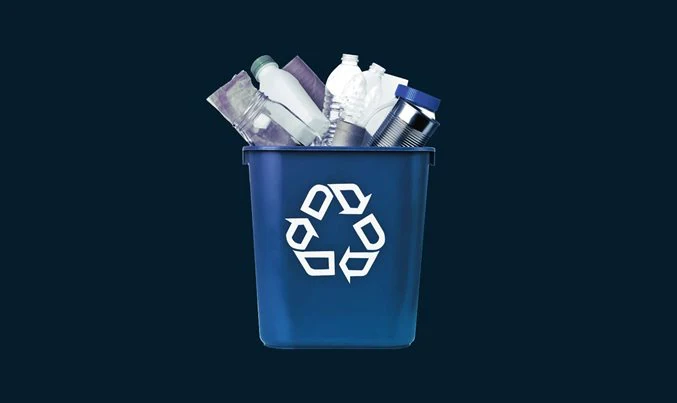Driving Sustainability with Smarter Labels and Packaging Strategies
In an era where consumer awareness and environmental regulations are reshaping industries, the focus on sustainable product packaging and labeling has never been more critical. Brands are increasingly recognising that their responsibility extends beyond the product itself to the entire lifecycle of its packaging. This shift isn’t just about meeting demand; it’s about building a resilient brand identity that aligns with modern values. A forward-thinking approach to labels and packaging is no longer a niche concern but a fundamental component of a successful business strategy.
The challenge lies in integrating sustainability without compromising performance or aesthetics. The good news is that advancements in materials science and design are making it easier than ever to adopt greener practices. From responsibly sourced raw materials to innovative recycling technologies, the tools for a more sustainable future are within reach. This article will explore key strategies that merge effective branding, packaging, and labeling with a strong commitment to environmental stewardship.
The Crucial Role of Labels in the Sustainability Equation
While packaging material often gets the most attention in sustainability discussions, the label plays a pivotal, and often overlooked, role. An incompatible label can contaminate an entire recycling stream, rendering an otherwise recyclable package destined for landfill. Conversely, a smart label and packaging combination can significantly enhance recyclability and reduce waste.
As noted by industry leaders like Avery Dennison, making packaging recyclable requires a holistic approach where labels are integral to the solution. The right label can facilitate clean separation from containers during the recycling process, ensuring that materials like PET plastic can be reclaimed and reused effectively. This highlights the importance of considering the entire packaging system—container, closure, and label—when designing for sustainability.
Key Strategies for Sustainable Packaging and Labeling
Achieving sustainability goals requires a multi-faceted approach. By focusing on a few core principles, businesses can make significant strides in reducing their environmental footprint.
- Prioritise Recycled and Responsibly Sourced Materials
The foundation of sustainable packaging labels is the material itself. Opting for facestocks and liners that contain post-consumer recycled (PCR) content is a direct way to support the circular economy. This reduces the demand for virgin resources and lowers the carbon footprint associated with manufacturing. Furthermore, using paper certified by organisations like the Forest Stewardship Council (FSC®) ensures that materials are sourced from responsibly managed forests, protecting biodiversity and ecosystems. - Reduce Material Usage Through Innovation
Efficiency is a cornerstone of sustainability. Thinner, yet stronger, materials for both labels and packaging mean less raw material is consumed and less waste is generated. Innovations in adhesive technology and liner materials have led to lighter products that still deliver high performance. This “less is more” approach not only benefits the environment but can also lead to cost savings in manufacturing and transportation. - Design for Recyclability and Reuse
The end-of-life scenario for product packaging and labeling must be a primary consideration during the design phase. This means creating packaging that is easily disassembled and sorted by recycling facilities. Solutions like Avery Dennison’s CleanFlake™ technology are designed to ensure that the label separates cleanly from PET containers, improving the quality of recycled plastic. Similarly, exploring options for compostable labels or reusable packaging systems can provide powerful sustainability narratives that resonate with consumers. - Embrace a Circular Economy for Waste
Even with the most efficient designs, the labeling process generates waste, primarily from liners and matrix material. Forward-thinking companies are now looking beyond their own operations to address this challenge. Programmes like AD Circular offer a solution by collecting and recycling this waste, diverting it from landfills and turning it into new products. Participating in such initiatives demonstrates a comprehensive commitment to branding, packaging, and labeling sustainability.
The Future is Smart and Sustainable
The journey toward sustainability is one of continuous improvement and innovation. For brands, the choices made in labels and packaging reflect their core values and commitment to the future. By adopting strategies that prioritise recycled content, reduce material use, enable recycling, and embrace circularity, businesses can meet consumer expectations and regulatory requirements head-on.
Ultimately, sustainable branding, packaging, and labeling are not just an environmental imperative but a competitive advantage. It builds trust, enhances brand reputation, and positions a company as a leader in a rapidly evolving market. The path forward is clear: smarter materials and thoughtful design are the keys to unlocking a more sustainable and profitable future.

